Search
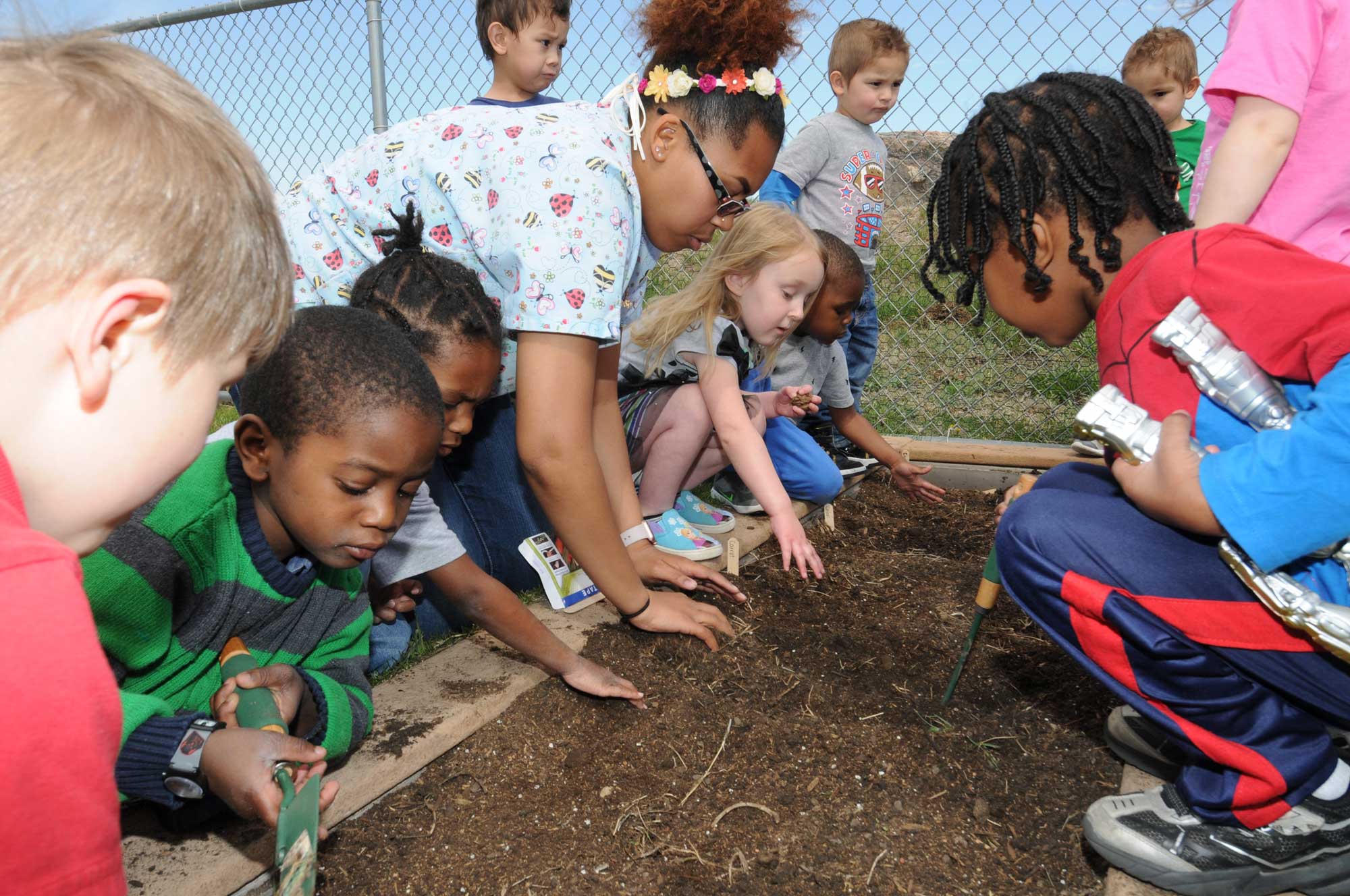
Stupendous Soils
Lesson for youth to discover the characteristics of different soil types and how to make compost.

Personal Finances
Access the tools needed to take charge of your financial future.
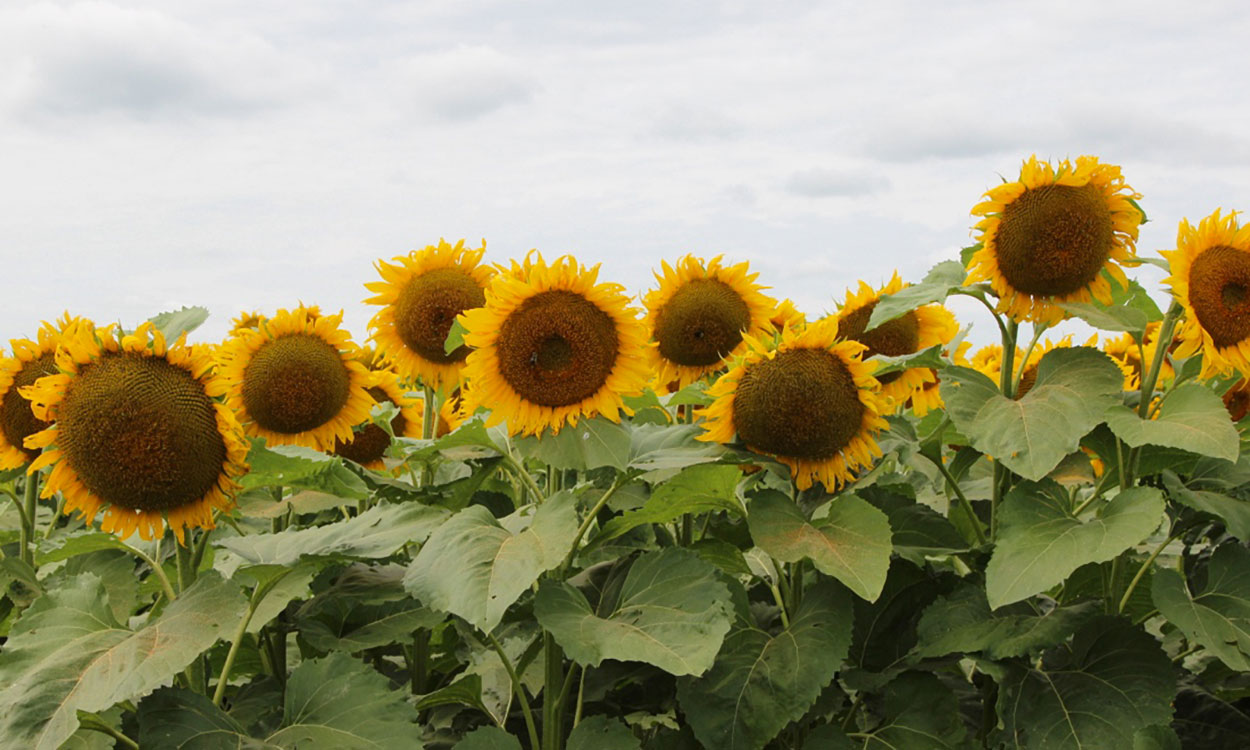
Sunflower Hybrid Variety Trial Results
In 2024, sunflower trials were planted at two locations in South Dakota.
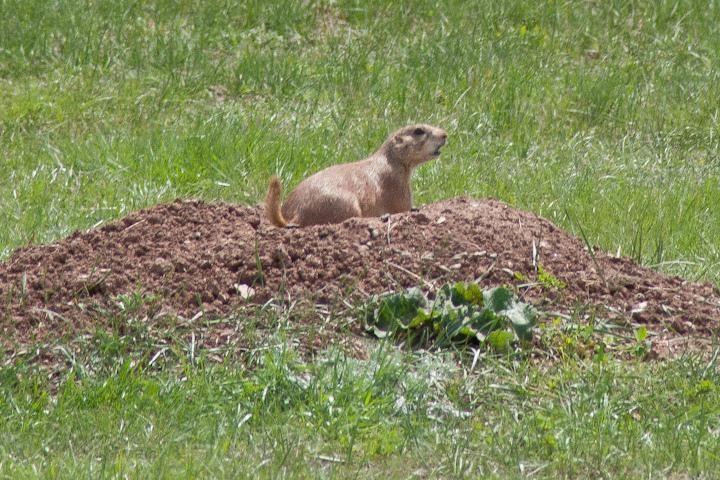
Prairie Dog Management in South Dakota
Fact sheet for the management of prairie dogs in South Dakota
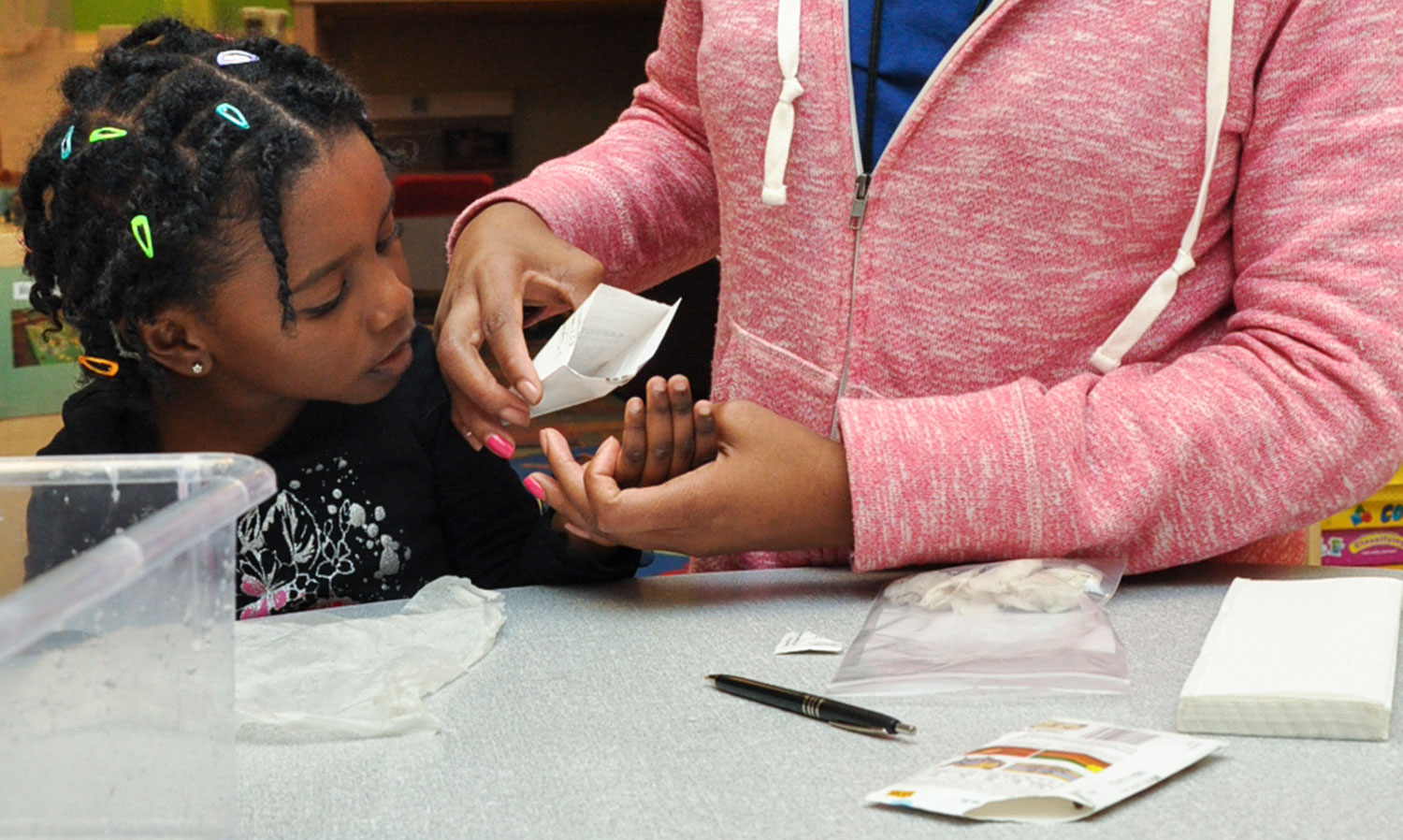
Super Seeds
Lesson for youth to explore the many types of seeds that are eaten or grown and learn how they grow.
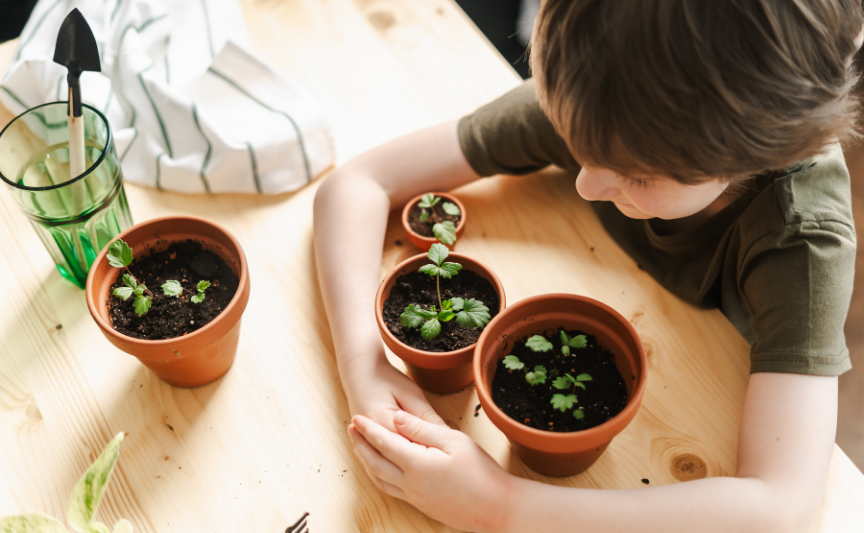
Getting the Garden Growing
Introductory gardening lesson where youth will learn what plants need to grow and what fruits and vegetables grow in different seasons in South Dakota.
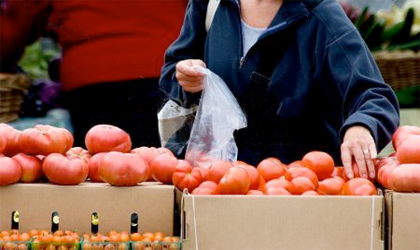
Growing Tomatoes in South Dakota
Few vegetables inspire us more than home-grown tomatoes, bursting with vine-ripe flavor. Tomatoes are easy to grow in containers or in the ground, and are excellent sources of vitamins A and C, as well as cancer-fighting lycopenes.
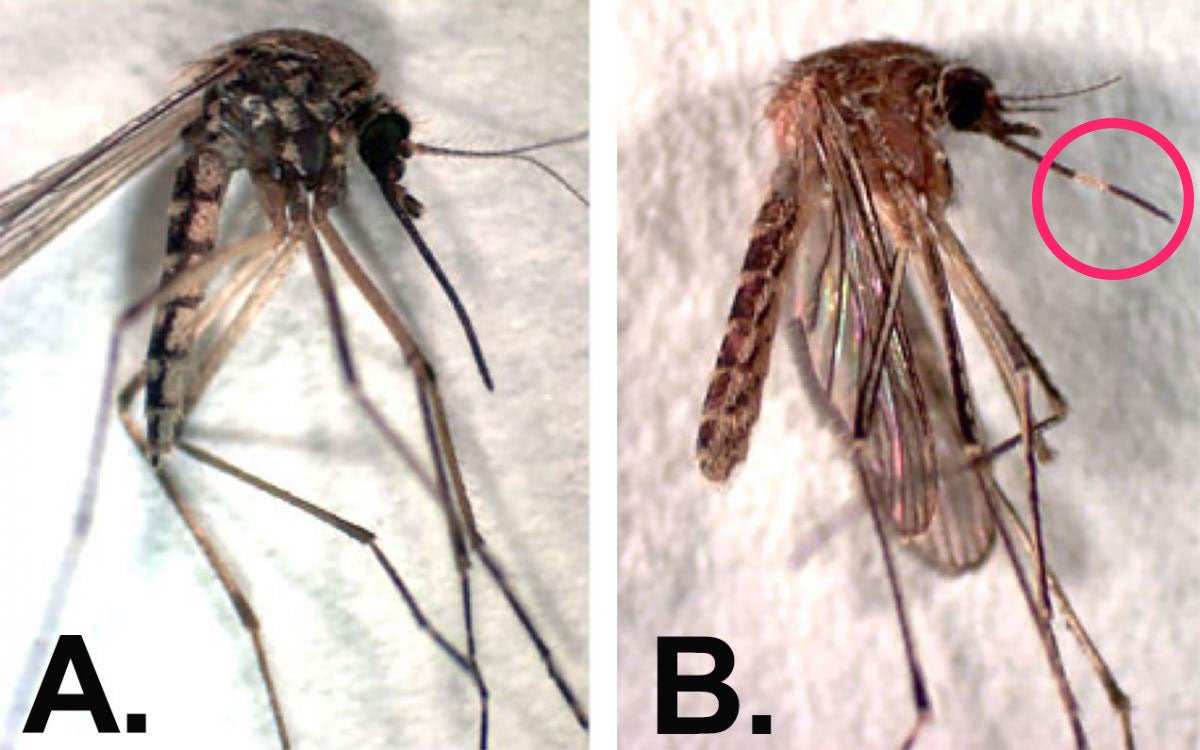
Be Ready for Mosquitos
With the very wet 2019 spring and recent rains, it inevitable that mosquito populations will be high this year. Although there are over 20 species of mosquitoes that call South Dakota home, there are really only two species that account for the majority of observed individuals.
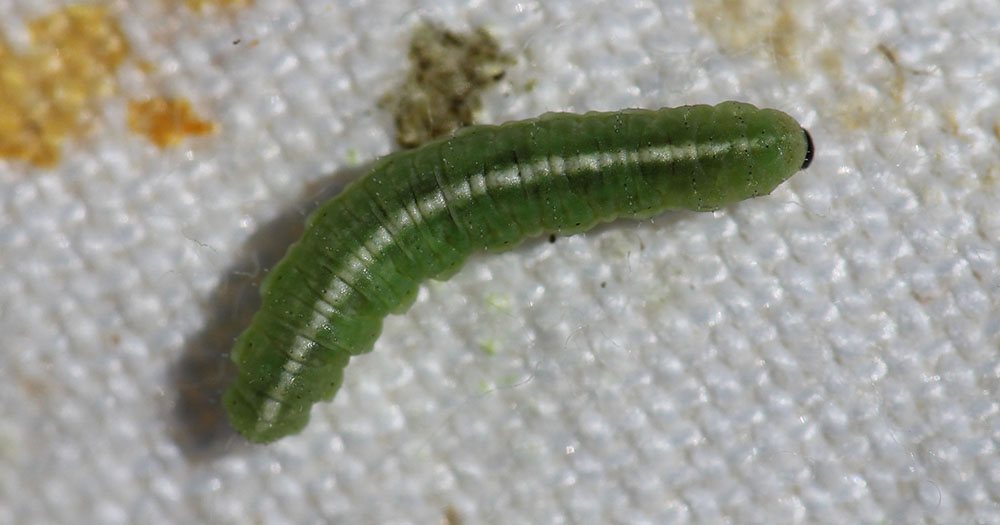
2019 Alfalfa Weevil Activity Prediction
One of the major insect pests of alfalfa in South Dakota is the alfalfa weevil. In 2018, we received fewer reports of alfalfa weevils, which may have been a result of the cooler and wetter spring conditions. It’s possible that populations may also be lower in 2019 due to the similar spring conditions that we are currently experiencing.
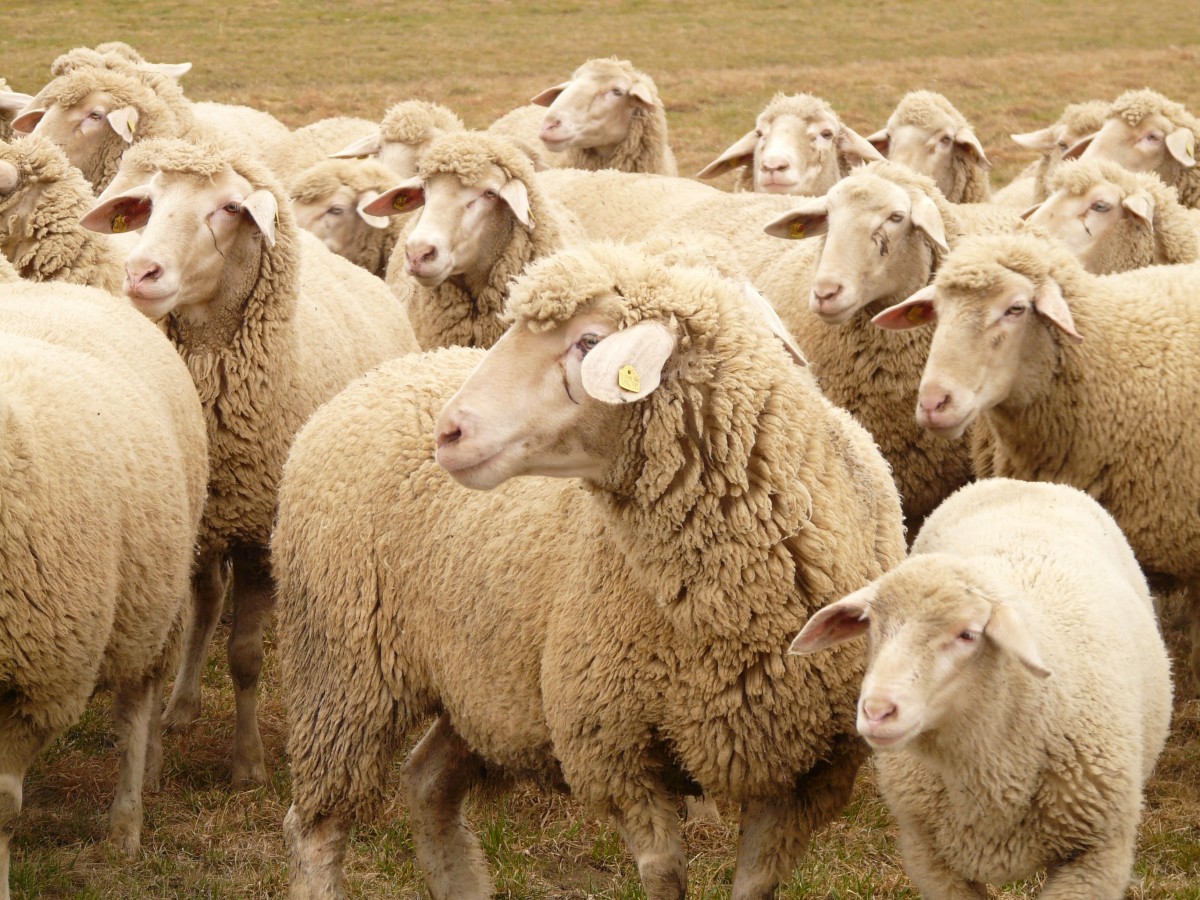
Using Corn Silage in Sheep Diet Formulations
Many Midwest producers have limited options for their primary forage source this year and, must utilize ear-less corn stalks as silage for their in livestock feeding systems. Despite the lack of ears on stalks in some areas the resultant corn stover silage is still expected to contain 80% of expected level of energy under normal growing conditions.